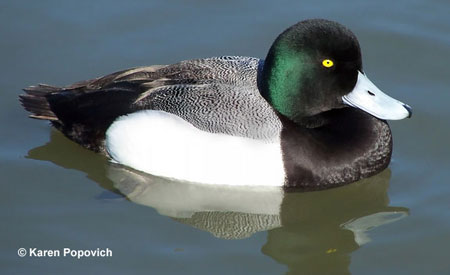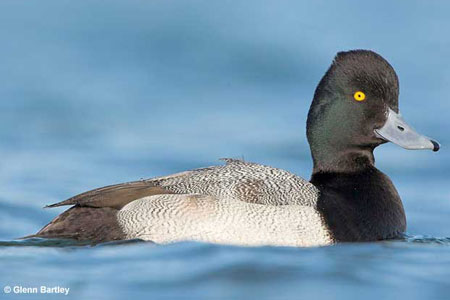Search by Body Shape
A bird’s shape (silhouette) and posture are good clues to its identity. In fact, silhouette and posture are often excellent clues and the best way to differentiate some very similar species.
This section (links on the right) features birds with certain strong characteristics. The images below demonstrate a more subtle example of shape differences.
We will help you improve your skills in identifying birds by silhouette and posture.
Birds with long legs – Did the birds have long legs? Birds who forage near water or in longer grass are generally species that need some extra height. If you saw a bird with long legs, this section is worth checking out!
Birds with long bills – Similarly to long-legged birds, birds with long bills usually use theirs for foraging.
Birds with hooked bills – Hooked bills are good for several purposes. In this category, you’ll find many species from finches to birds of prey.
Birds with pointed bills – pointed bills prove to be useful in countless situations. Woodpeckers, wrens, hummingbirds, and many other species have pointed bills to help them retrieve food.

Greater Scaup
One of the keys in telling the Greater Scaup (above) from the Lesser Scaup (below) is the shape of the head.
- The Greater Scaup has a rounded head.
- The forehead on the Greater Scaup is more sloped than the Lesser Scaup.
- The head of the Lesser Scaup is more peaked.
- The Lesser Scaup often shows a small tuft on the back of the head.
- The cleaner sides of the Greater Scaup are often not visible at a distance, leaving the viewer to rely on head shape to make the call.

Lesser Scaup
